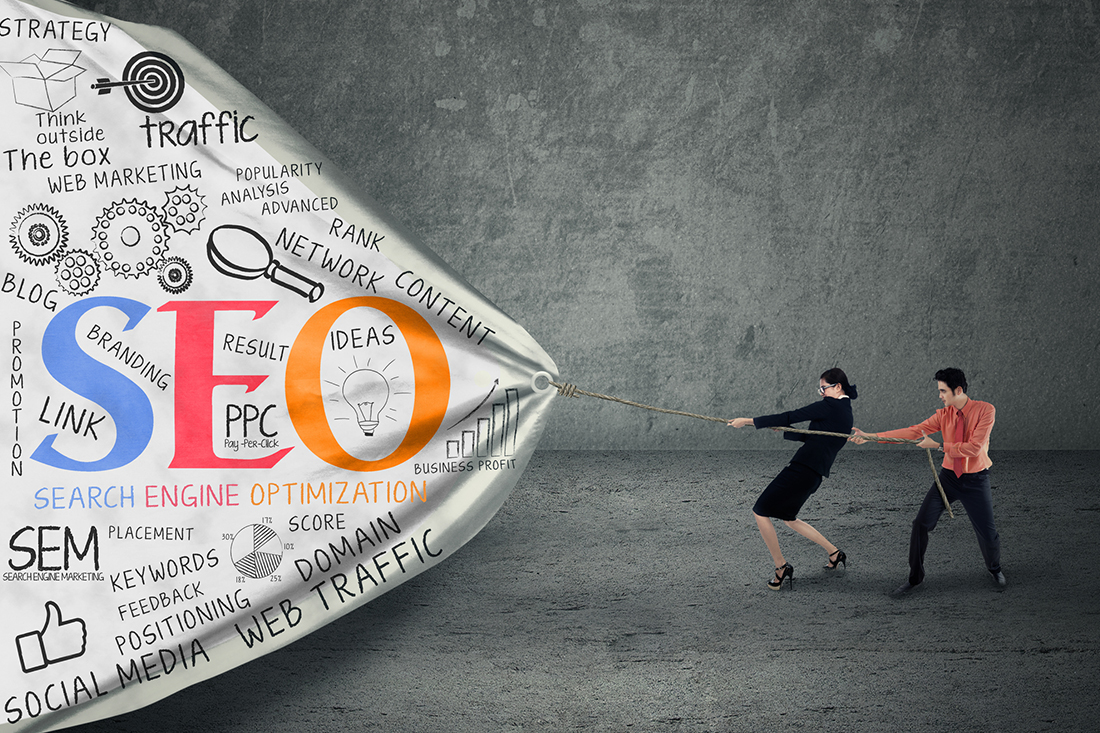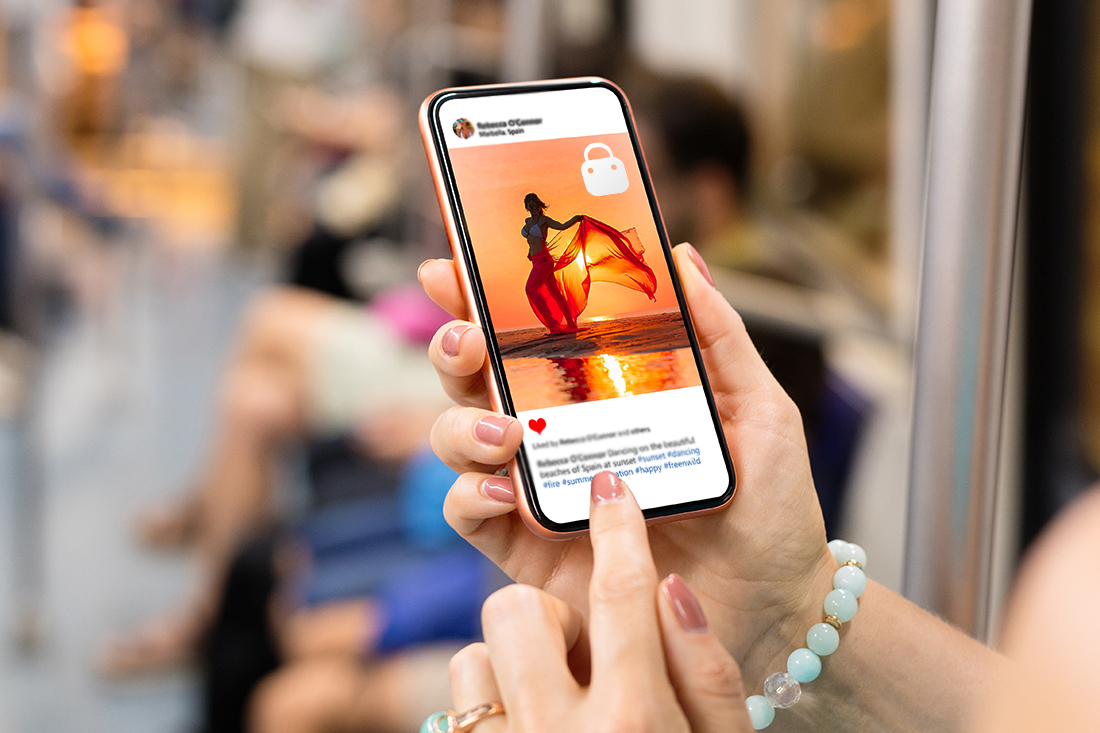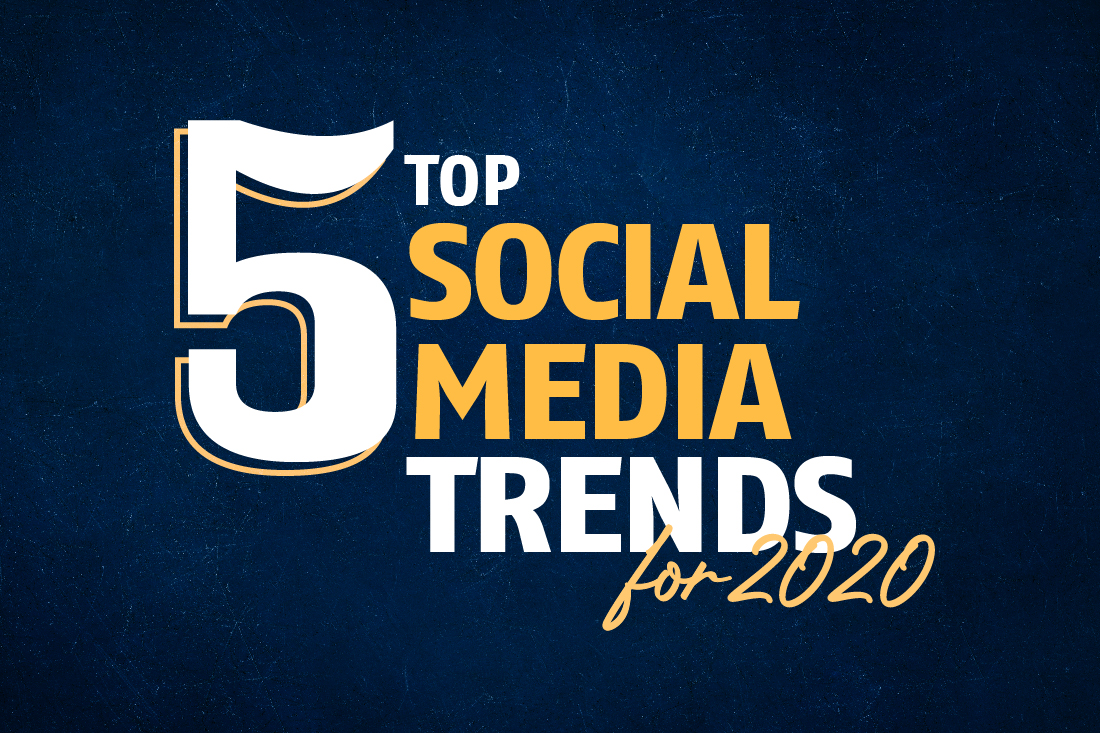
How B2B organisations can build a successful digital marketing strategy?
A quick research on how to grow your business online, might return more results related to B2C marketing methods than B2B. Even though the key principles are the same for both methods, the major difference is that B2B takes a lot more time than B2C as you are selling to organisations, not consumers. Consumer masses can easily be influenced by emotion, but business clients make decisions based largely on logic, data and credible evidence. With that, it’s no wonder that B2B sales take time. But trust us: it’s worth the wait and effort.
So, let’s start from the basics:
Powerful B2B website
In the B2B world, since you cannot influence buying decisions by appealing to consumers’ emotions, you need a customer-centric website which shows that you understand and care about their problems and is user-friendly, easy to navigate and has lots of information thus indicating that you have the required expertise on the product or service you offer. The clearer the picture of what problem your business can solve and how you do that, the more leads. Your B2B audience is likely to spend a couple of minutes on your website going through your content, testimonials and case studies before making a decision so it is up to you to deliver helpful, educating and inspiring resources for your audience to consume.
Educating content
B2B has much longer sales cycles compared to B2C. That means that you need to develop long-term nurturing strategies as your target audience needs to be constantly reminded of your brand and your services/products. The best way to keep that connection alive and push those leads through the sales funnel is through thought-driven content. For example writing informative, interesting and relevant blogs, social media posts and newsletters in your area of expertise can help you build your audience’s trust on what you do best. The key here is to educate and inspire your readers so that you can be at the forefront when the lead is ready to convert.
SEO and visibility

Being found on search engines when people are looking for your products or services right at the moment they need is crucial for all businesses. If your website is out-of-date, you publish a blog every now and then and you are not using the keywords that will help you rank higher in search results, how do you expect to make sales? It’s already hard for B2B brands to engage customers and influence buying decisions, so it’s in your hands to be found when consumers are looking for your services. SEO is actually the key to boosting your online presence and generating leads.
PPC advertising
Content marketing and SEO would be incomplete without paid search (PPC) as they all impact one another and work together exceptionally well. Paid advertising across Google search and social media platforms is one of the most effective methods for increasing exposure. Considering that there are multiple decision makers involved in B2B purchasing decisions and according to Salesforce the average B2B sales cycle is 84 days (that’s quite long!), you need to employ multiple channels into your strategy to increase your visibility – and paid search is definitely one of them.
Social media presence
Social media marketing for B2B companies can be a bit of a struggle or sometimes even ignored because of the misconception that social media works better for fashion and beauty brands. That’s of course not true and there’s definitely an audience that is interested in your industry. You just have to find those people by simply putting yourself in their shoes and asking yourself ‘what kind of content would I like to see?’ The key is to make social media about your target audience, not only about the products or services you are selling. For example, you can share behind-the-scenes photos of your workspace, inspirational quotes, how-to guides, company news and milestones, tips and customer success stories.




